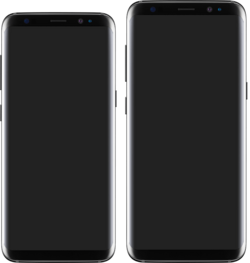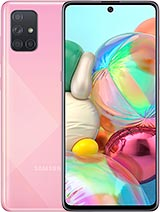You can get away with the inbuilt smartphone microphone, especially with later, high-end phones. However, you need to be a minimum of about 1 meter away from the subject. The good news is that smartphones have wide lenses, forcing you to get in close. The closer you get the microphone to the subject’s mouth, the clearer the sound: less background noise, fewer reflections from nearby surfaces (bare walls, ceilings, and floors are the worst). It’s always useful to monitor your sound as you are recording and Mediatek Dimensity 720
There can be audio issues you don’t notice without headphones on. For example, we recently filmed an interview and didn’t notice the subject’s hair was brushing over the microphone while she spoke. You might want to think about adding an external recorder. For example, the Roland R-07-RD Portable Field Recorder. You can even remotely control this recorder from your smartphone.
Release forms

Depending on where you are filming, you might need to get anyone appearing in your film to sign a release form. David Tamés has a free PDF of suggested release forms. You will have to check for yourself if they cover your needs legally.
Camera app
To get more manual control over your phone’s camera, you can use a camera app such as FiLMiC Pro. I will always encourage any smartphone filmmaker to minimize the need to tinker with technology when you could be being creative instead. However, the joy of such freedom while shooting can turn sour during post-production – this is when we receive our reality check.
Using a camera app, you can film with correct white balance and locked exposure. This will result in a more joyful, less hair-tearing, editing, and coloring process once you’ve imported the footage into your chosen editing system. Of course, there’s a learning process involved. There’s also a need for a healthy balance between spontaneity and technical perfection. Especially with the documentary – don’t lose that perfect, dramatic moment while you tinker with the white balance. Depends on which kind of documentary you’re shooting, of course.
Everyone (unless you are filming an Amazonian tribe) is so used to seeing people holding and using smartphones, you can be as anonymous as it’s possible to be with a camera in your hand. Smartphones are designed for the specific purpose of speed and ease of use. If you are used to using your smartphone camera in daily life, you can go from reading an email to shooting in 10 seconds.
A feeling of Being There
Richard Leacock was a British documentary filmmaker who dedicated his career to creating the feeling of “being there” in his films. As he started shooting before the 2nd World War, you can imagine the struggles he went through to achieve this. This is a great quote from Leacock describing the difficulty of filming subjects, whilst keeping it real and natural.: Leacock was working in the days he had no choice but to use large, clumsy 35mm or 16mm cameras. When audio equipment weighed 70 pounds or more and when trying to achieve the intimate direct cinema approach was almost impossible.
You can read a full extract of his adventures and struggles here. What’s interesting is that he describes how even once the equipment was available to film sensitively and discreetly, filmmakers would still barge in and clumsily create artificiality – because that was what they had been taught was “professional” filmmaking.






